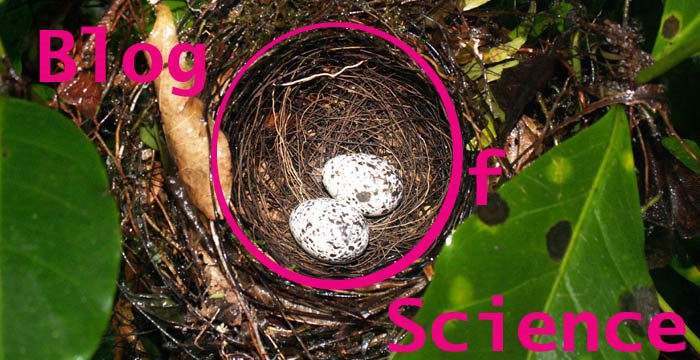Pilatus is a minor alp at 2132m (7000ft), but impressive for its sheer ruggedness, and the way it hangs over Lucerne Switzerland and several large lakes and forests. Its peak can be reached by a cog-wheel railroad, except in the winter, when snow and ice block the tracks. In these months, only the aerial cable cars, leaving from Lucerne, reach the top. The large gondola that carried us the last few thousand feet to the peek hung from a great cable with no support between its two ends, excepting one tower, which stood atop a sheer drop of close to a thousand feet. The top half of the mountain was snow covered, with evergreens petering out some hundreds of feet below the top. As we stepped out of the Gondola and into the visitor center on the mountain's top, it began snowing.
Standing outside the visitor center we could see impressive peaks, valleys, lakes and forests stretching far and wide. A stiff wind was blowing, and within two or three minutes we couldn't see much beyond the peak we were on. We went inside and had hot chocolate and pastries. As we sat and sipped, gazing through floor to ceiling windows, visibility continued to drop. We noticed that the staff were starting to close up, which seemed odd, as it was still morning. A smiling suited man with a managerial manner came through announcing something in Swiss German and everyone started moving towards the cables cars. Our friend Annette explained that the wind was picking up so much they were afraid they wouldn't be able to run the cable cars, and they were sending us all down the mountain before that happened. By the time we got down one flight of stairs the wind was too strong, the cable cars couldn't safely operate. We and a couple of hundred other visitor and staff waited perhaps half an hour before the manager came through and announced we would just have to wait the storm out. He invited us all back to the restaurant for free refreshments. So we sat in the big exposed glass walled restaurant consuming free soup, hot beverages, pastries and good bread and watched the blizzard lash the mountain. Chunks of snow the size of small cars broke off the cliffs and were thrown up and out. A wooden bench which had been left outside was hurled into a metal fence hard enough to snap some of the welds. Visibility was perhaps ten meters.
In the middle of this frozen hurricane, this onslaught of white fury, something, no two somethings black and sleek and solid appeared on the edge of visibility and simple hung in the storm. It seemed ridiculous that anything could live on a mountain peek in such a blizzard, but these forms seemed not only unconcerned, but rather playful. Annette and I, both former ornithologists, each had binoculars out and pointed within five seconds. Too slow, for the seemingly magical forms rotated slightly and in unison shot at amazing speed down wind and into the white-out.
"
Alpine Choughs!" announced Annette, and several tables-full of other tourists turned around to look for the now vanished birds.

Over the next hours, as the storm slowly passed, we watched the choughs hovering, flipping, clearly playing, in conditions that would kill any normal bird long before it could flee down the mountain. They seemed to seek out the crevices through which wind blew fastest, so as to make their acrobatics all the more impressive. When it finally stopped snowing, we could see dozens of choughs racing and chasing with no apparent goal but to use the still gale force winds to show off for each other. As the winds slowed most of the choughs settled into a snow bank a few meters below the absolute top of the mountain. Their bright yellow beaks and red feet did not hide within their thick black feathers, but stayed exposed to the ice and wind, as though the weather was warm and sunny. They danced on the barbed wire that keeps animals away from the weather station at the peak, swinging in time with the wind.

And with that the manager stopped handing out the free refreshments and herded us down to the cable cars. Our car, rated to hold up to 3000kg, was stuffed with 2985kg of tourists. The wind swung the car side to side as we slid down the cable and over the cliff. It took at least four cars to get everybody down.
Safely back in Germany, I've been reading about the choughs, and they are pretty amazing. They can be found at the tops of high mountains from North Africa to western China, and unlike most other wildlife often do not move to lower elevations in winter. Being corvids (members of the crow family) they are smart and social. They are omnivores, feeding in rapidly moving flocks on insects, seeds, eggs and anything provided by tourists. They eat a lot of berries in winter. They will eat from people's hands at ski resorts and other places where they are fed regularly. Their bills are smaller and their feathers thicker than other crows, but otherwise nothing about their appearance would make one think they were so immune to cold. They likely store food in rock crevice where the cold keeps it good until they want it. They may nest at higher elevation than any other birds. Seeing them play was well worth being stranded on a mountain top for, especially when the stranding was accompanied with free soup, hot chocolate and pastries. I would gladly have shared the pastries with the Choughs, if I wouldn't have had to go out in the storm to give it to them.




